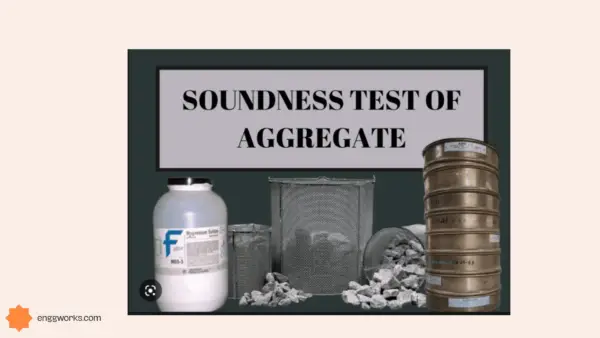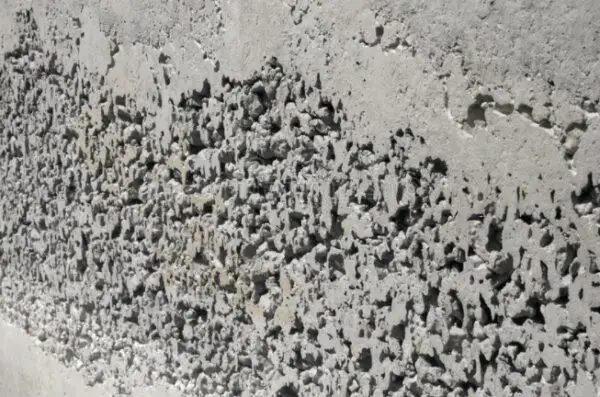Concrete scanning techniques utilize advanced inspection technologies to analyze the internal composition and condition of concrete elements in new and existing structures.
As concrete continues to be the world’s most ubiquitous construction material, the ability to accurately assess concrete integrity is increasingly critical for longevity and safety.
What is Concrete Scanning?
Concrete scanning refers to various non-destructive testing (NDT) methods for evaluating reinforced and post-tensioned concrete without damaging it.
Scanning produces detailed data on:
- The location and depth of steel reinforcements
- The presence and positioning of post-tensioning tendon ducts
- The thickness and consistency of concrete members
- The existence and extent of subtle internal flaws like honeycombing or delamination
Common scanning objectives include corrosion detection, void identification, compression strength analysis and more.

Importance of Concrete Scanning
Scanning provides key insights for:
- Identifying deterioration issues early for preventative maintenance
- Evaluating the underlying health of concrete to inform repair scopes
- Providing critical structural data to engineers and contractors
- Enhancing safety through ongoing structural health monitoring
- Reducing rehabilitation project risks and costs
Having accurate information on concrete’s internal makeup and condition is vital. Scanning serves as the gateway to assessing infrastructure health.
Methods of Concrete Scanning
Ground Penetrating Radar (GPR)
GPR uses electromagnetic radio waves to create images showing changes in material properties. It excels at:
- Locating and measuring rebar size/depth
- Detecting voids under slabs
- Evaluating cracking and chloride ingress
Impact-Echo Testing
Impact-echo analyzes frequency response after mechanical impact to identify flaws like delamination or honeycombing in slabs and walls.
Infrared Thermography
Detects subsurface anomalies by mapping thermal differences across a surface. Useful for moisture ingress and repair evaluation.
Laser Scanning
Laser measurement sensors map concrete surfaces in high-definition 3D point clouds for in-depth modeling and change analysis.
Half-Cell Potential Mapping
Electrically scans for active steel corrosion by measuring voltage gradients on the concrete surface.
Microwave Scanning
Penetrating microwaves detect deterioration in thicker concrete elements based on radar signature analysis.

equipment used for concrete scanning
Ground Penetrating Radar (GPR)
- GPR systems contain a control unit, antenna, and data logging computer for capturing and analyzing signals reflected by the concrete internals. Different antenna frequencies are available to target different depths.
Impact-Echo
- Requires an impact source (small metal spheres or hammers), transducer to detect responses, amplifier, and filtering system connected to a laptop for signal processing.
Infrared Thermography
- An infrared video camera capable of detecting small temperature differentials, tripod, and thermography processing software for analyzing thermal data. Advanced systems utilize drones.
Laser Scanning
- 3D laser scanners measure millions of points across concrete surfaces using lidar sensors and rapidly produce detailed 3D maps. Many mounting options exist.
Half-Cell Potential
- Uses a voltmeter, copper-copper sulfate reference electrode, connection cables, and wheeled device to systematically move electrode over surface and take readings indicating active steel corrosion risk.
Microwave Scanning
- Microwave radar emitters and receivers coupled with specialist signal processing software detect changes in electromagnetic properties associated with deterioration.
While scanning can be performed using a single technology like GPR, combining multiple complementary techniques provides the most complete concrete condition assessments.
Conclusion
Modern scanning tools provide detailed subsurface perspectives that allow engineers to peer inside concrete structures.
This enhances maintenance, repair, and management programs with technology powered insights. Concrete scanning serves as the gateway to improved infrastructure longevity.







